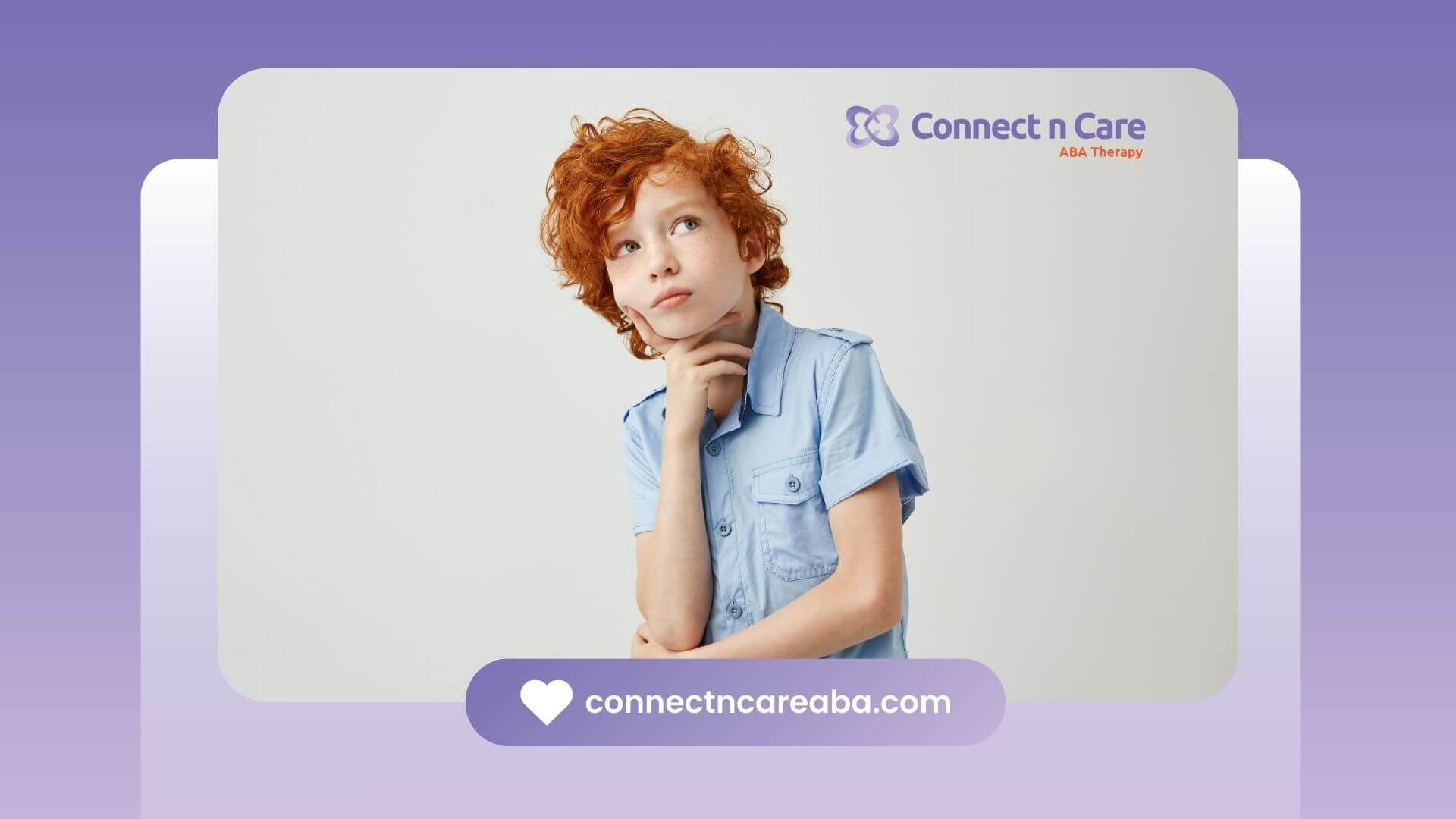Applied Behavior Analysis (ABA) is a scientifically validated method for understanding and changing behavior. It's most commonly used to help individuals with autism spectrum disorders (ASD) and other developmental disorders, but its principles are applicable across a range of settings and populations. This article highlights discrimination training, a fundamental concept in ABA.
What is Discrimination Training?
Discrimination training is a process where an individual learns to differentiate and respond differently to two or more stimuli. In simple terms, it means teaching someone to "tell the difference" between things based on some criterion. For instance, an individual might learn to discriminate between the colors red and blue or between the words "cat" and "dog."
Why is Discrimination Training Important
Discrimination skills are critical for navigating day-to-day life. Recognizing the difference between the “stop” and “go” symbols at a traffic light or choosing the correct restroom sign are real-world examples. In the school environment, academic tasks such as matching, sorting, reading, and even more advanced problem-solving activities involve discrimination skills. Discrimination training can also help reduce problem behaviors by teaching individuals to distinguish between appropriate and inappropriate times and places for certain actions.
What is an Example of Discriminative Stimulus Training?
To illustrate the concept of discriminative
stimulus training, let's consider teaching a child to differentiate between two shapes: a circle and a square. In this example:
- SD (Discriminative Stimulus): A picture of a circle
When this is presented, the child is expected to say "circle" or point to it if asked, "Where's the circle?" - SΔ (Delta Stimulus): A picture of a square
In the presence of this stimulus, the response "circle" would be incorrect, and thus, it would not be reinforced.
Over time, with consistent reinforcement when the correct response is given in the presence of the SD (the circle), and lack of reinforcement or correction for incorrect responses with the SΔ (the square), the child learns to discriminate between the two shapes.
What are Discrimination Training Procedures?
Discrimination training procedures typically involve the following steps:
Step-by-Step Process of Discrimination Training Procedures
↓
↓
↓
↓
1. Introduction of the Stimuli:
Begin by introducing the SD and SΔ separately. This helps the individual learn what response is expected in the presence of each.
2. Simultaneous Presentation:
Present both the SD and SΔ together. The goal is for the individual to respond correctly to the SD.
3. Differential Reinforcement:
Reinforce the desired response to the SD while not reinforcing or correcting the undesired response in the presence of the SΔ.
4. Increase Difficulty Gradually:
As the individual becomes proficient, increase the challenge, perhaps by introducing new stimuli or making them more similar.
5. Practice in Varied Contexts:
To promote generalization, practice the learned skill in different environments or with various similar stimuli.
Conclusion
Discrimination training is foundational in ABA, helping individuals distinguish between different stimuli and thus adapt more effectively to their environments. Like any therapeutic approach, it requires patience, consistency, and a deep understanding of the individual's needs and potential challenges. With proper implementation, discrimination training can open doors to greater independence and more comprehensive learning for many individuals.
Frequently Asked Questions
What is discrimination training in ABA?
Discrimination training in Applied Behavior Analysis (ABA) is a technique used to teach individuals to distinguish between different stimuli and respond differently to them based on specific cues. This involves reinforcing a behavior when it is displayed in the presence of one stimulus (the SD or discriminative stimulus) and not reinforcing it when presented with a different stimulus (the SΔ or delta).
How does discrimination training work in ABA?
Discrimination training works by presenting two or more different stimuli and reinforcing the desired response to one of them while not reinforcing the response to the other stimuli. Over time, the individual learns to differentiate between the stimuli and respond appropriately. For example, teaching a child to identify different colors by reinforcing the correct color when asked, and not reinforcing responses to incorrect colors.
Can discrimination training help with communication skills?
Yes, discrimination training is commonly used in ABA therapy to improve communication skills. For example, a child may learn to discriminate between different words, pictures, or objects to improve their ability to request, label, or express their needs. Through systematic reinforcement, individuals can learn to make distinctions between items, people, or situations to enhance their communication.









